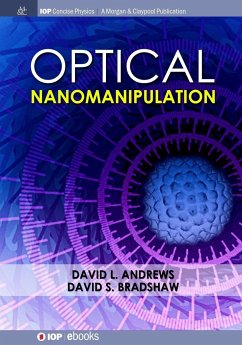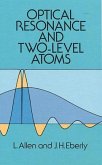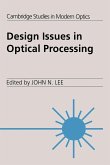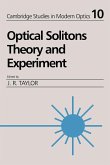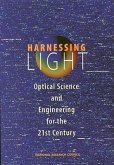This book provides a broad introductory survey of this remarkable field, aiming to establish and clearly differentiate its physical principles, and also to provide a snapshot portrait of many of the most prominent current applications. Primary emphasis is placed on developing an understanding of the fundamental photonic origin behind the mechanism that operates in each type of effect. To this end, the first few chapters introduce and develop core theory, focusing on the physical significance and source of the most salient parameters, and revealing the detailed interplay between the key material and optical properties. Where appropriate, both classical and photonic (quantum mechanical) representations are discussed. The number of equations is purposely kept to a minimum, and only a broad background in optical physics is assumed. With copious examples and illustrations, each of the subsequent chapters then sets out to explain and exhibit the main features and uses of the various distinct types of mechanism that can be involved in optical nanomanipulation, including some of the very latest developments. To complete the scene, we also briefly discuss applications to larger, biological particles. Overall, this book aims to deliver to the non-specialist an amenable introduction to the technically more advanced literature on individual manipulation methods. Full references to the original research papers are given throughout, and an up-to-date bibliography is provided for each chapter, which directs the reader to other selected, more specialised sources.

